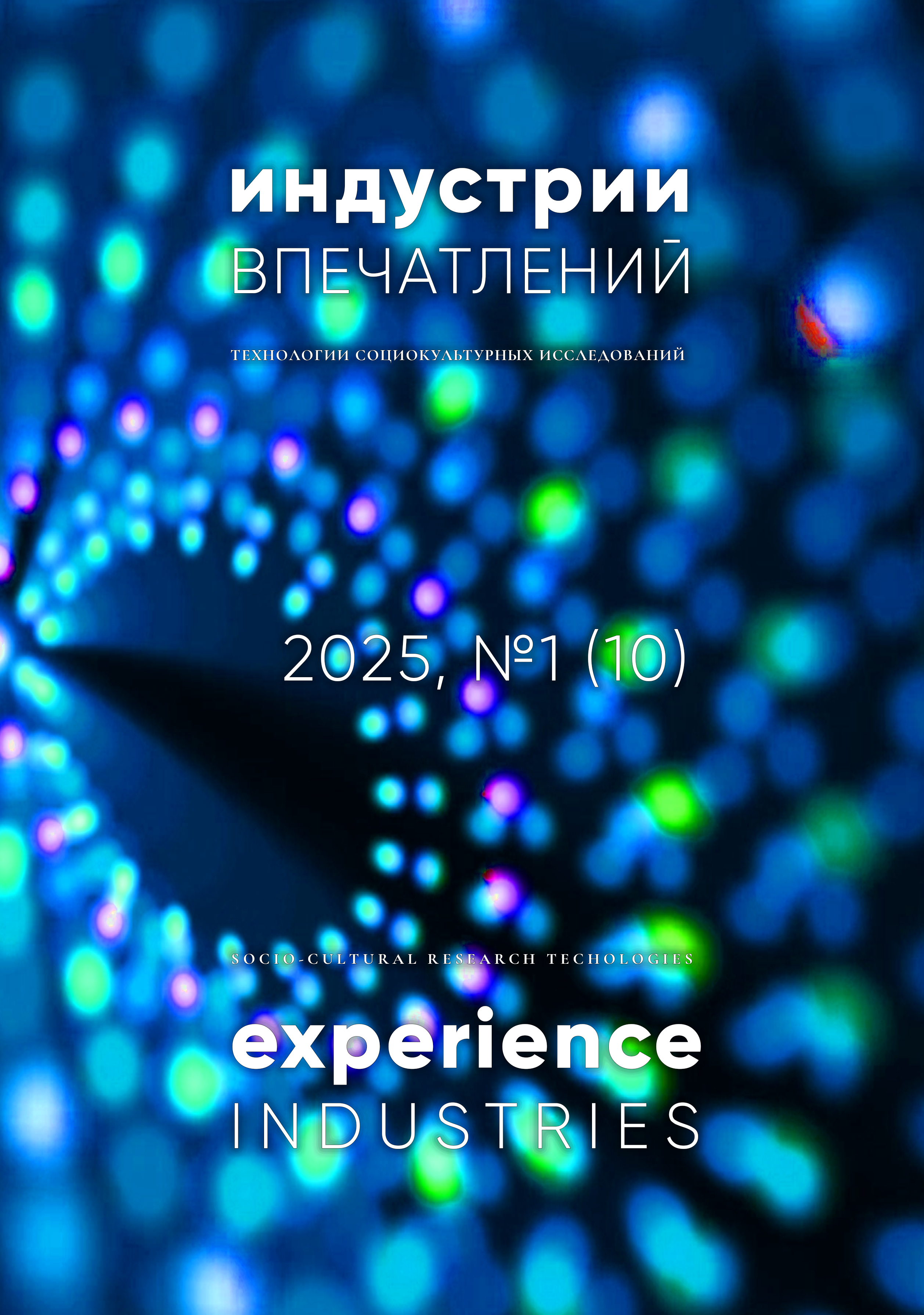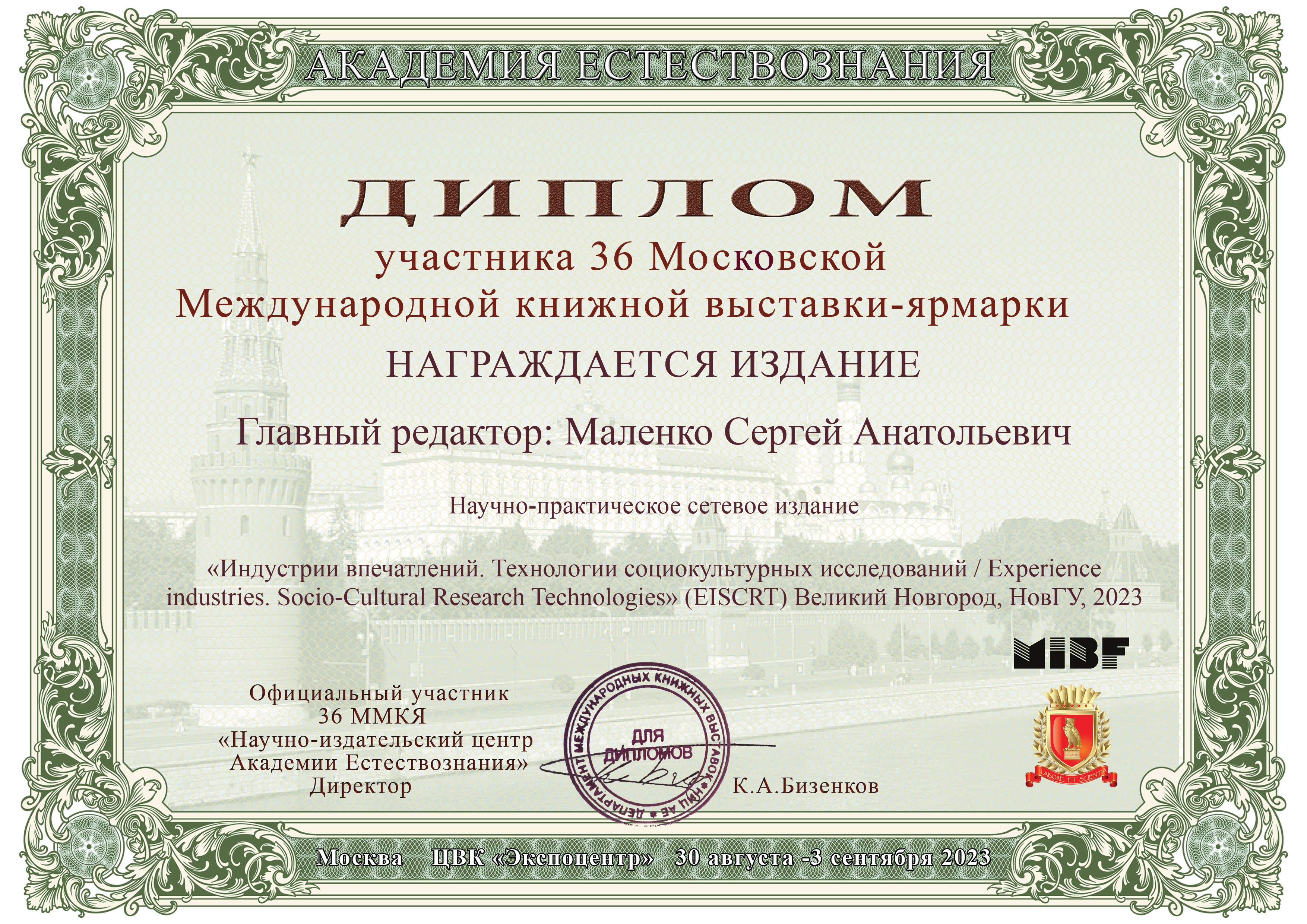В МИРЕ БЛАЖЕННОЙ НЕСВОБОДЫ: МЕДИАТИЗАЦИЯ КАК БАЗОВАЯ ХАРАКТЕРИСТИКА СОВРЕМЕННОЙ МЕДИАКУЛЬТУРЫ
DOI:
https://doi.org/10.34680/EISCRT-2025-1(10)-19-59Ключевые слова:
медиатизация, медиакультура, экранная культура, социокультурная мифологема, мир как текст, линейный текст, гипертекст, виртуальная реальность, фейк, мем, манипуляция сознаниемАннотация
Характеризуя медиакультуру как определенную стадию развития культуры, соответствующую информационному обществу, автор рассматривает медиатизацию, порожденную массовой коммуникацией, через специфику ее воздействия на современные социокультурные институты, включая процессы социализации и инкультурации личности. В статье охарактеризованы специфические черты современной медиакультуры, а также обозначены характеристики медиатизации, выступающей в современных условиях технологией манипуляции сознанием и инструментом репрезентации мифологем экранной культуры, как еще обозначают современную фазу развития культуры. Автор приходит к выводу, что медиатизация, на настоящем этапе своего развития использующая весь арсенал новых информационно-коммуникативных технологий, имеет сугубо мифологическую природу и, будучи порождением постмодернистской культуры симулякров и тотальной игры, манипулирует сознанием индивидов, утверждая в нем ценности общества потребления и другие актуальные социокультурные мифологемы, обусловленные проблемным геополитическим дискурсом эпохи.








